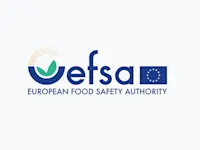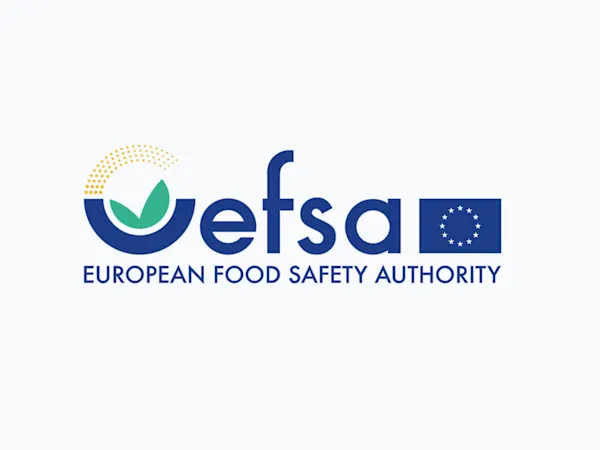
EU Ministers Press Commission on Delayed REACH Revision Amid Industry and Environmental Demands
EU Member States urge the Commission to accelerate the REACH revision, citing urgent health, environmental, and industry competitiveness needs.


The European Commission has recently announced its decisions on the authorisation for the marketing and use of certain substances listed in Annex XIV to the REACH Regulation (EC) No 1907/2006. This decision, crucial for industries relying on specific chemical substances, reflects a careful balance between socio-economic benefits and the potential risks to human health and the environment.
The substance at the centre of these decisions is 2,2'-dichloro–4,4’-methylenedianiline (MOCA), a chemical known for its industrial utility, particularly in the manufacture of high-performance polyurethanes. The authorisations granted, detailed in decisions C(2023) 7460 and C(2023) 7462, cover a range of uses in sectors from steel and aluminium to offshore energy and renewables, as well as in the production of various hot cast polyurethane products.
Key beneficiaries of these authorisations include Limburgse Urethane Castings NV in Belgium and Courbis Synthèse in France, alongside other European entities like Annovi S.r.l. in Italy and Dansk Elastomer A/S in Denmark. These companies have been granted permission to use MOCA under specific conditions and timeframes, with expiry dates ranging from 31 August 2028 to 31 December 2032.
The Commission's decision, made in accordance with Article 60(4) of the REACH Regulation, underscores that the socio-economic advantages of using MOCA outweigh the risks posed to health and the environment. This conclusion was reached after thorough evaluation, indicating that currently, there are no suitable alternative substances or technologies available that can match MOCA's effectiveness in these applications.
MOCA is a substance used primarily as a curing agent in polyurethane products. However, it is important to be aware of its intrinsic hazards, especially in industrial settings where it is frequently used.
Given these hazards, it is crucial for industries using MOCA to implement stringent safety measures and comply with any risk management measures stipulated by these authorisation decisions.




EU Member States urge the Commission to accelerate the REACH revision, citing urgent health, environmental, and industry competitiveness needs.

The EU has classified DBDPE as a substance of very high concern (SVHC) due to vPvB properties, affecting manufacturers and downstream users of flame retardants.

EFSA launches consultation on updating its Weight of Evidence and Biological Relevance guidance, aiming to streamline chemical risk assessment practices.
Subscribe to Foresight Weekly and get the latest insights on regulatory changes affecting chemical compliance.
Free forever. Unsubscribe anytime.
Read by professionals at